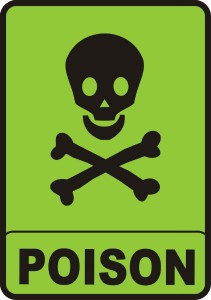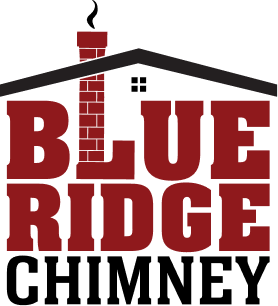
Protect yourself and your family by learning CO poisoning symptoms
Known as the silent killer, carbon monoxide poisoning kills 170 people on average every year in the United States, according to the US Consumer Product Safety Commission (CPSC). The carbon monoxide that caused these deaths were not produced by automobiles, but by heating appliances of every fuel type. Blue Ridge Chimney Services works hard to prevent carbon monoxide from leaking into your home by providing services that ensure your heating appliances are properly working and that your chimney is also functioning as it should. We would like to share with you some information on carbon monoxide and its dangers from some facts from the CPSC.
How Is Carbon Monoxide Produced By Heating Appliances?
This deadly, odorless, tasteless, colorless poisonous gas is produced by the incomplete combustion of fuels, including wood, propane and natural gas, charcoal, and oil.
What Are the Symptoms of Carbon Monoxide Poisoning?
Unfortunately, the symptoms of low-level carbon monoxide poisoning are very similar to those of the flu, and they include:
● Dizziness
● Nausea
● Headache
● Shortness of breath
● Fatigue
If these symptoms are ignored and you continue to be exposed to carbon monoxide, you can develop the more serious high-level poisoning, and these symptoms include:
● Vomiting
● Mental confusion
● Loss of muscle coordination
● Loss of consciousness
● Eventual death
How Can I Prevent Carbon Monoxide Poisoning?
The CPSC has several prevention tips for homeowners, such as:
● Have your heating appliance installed professionally and according to the manufacturer’s instructions and building codes.
● Schedule an annual inspection, cleaning, and service appointment with a CSIA-certified technician like ours at Blue Ridge Chimney Services. Our technician will check your chimney and flue for corrosion, blockages, and connection problems that can cause carbon monoxide to enter your home.
● Always call a professional to service your heating appliance.
● Install carbon monoxide alarms on every level of your home and in every bedroom.
● Never operate non-vented fuel-burning appliances in any room where someone is sleeping.
● Never use portable fuel-burning camping equipment inside a home, garage, automobile,or tent unless it is specifically made to use in an enclosed space.
What Level of Carbon Monoxide Is Hazardous to Our Health?
Three factors contribute to how carbon monoxide affects your body, and these are the concentration of carbon monoxide, the period of exposure to the poisonous gas, and your own health condition. The majority of people do not experience any symptoms of poisoning from prolonged exposure to levels of carbon monoxide of 1 to 70 parts per million (ppm); however, some heart patients may notice an increase in chest pain. At levels of 70 to 150 ppm of carbon monoxide, headaches, nausea, and fatigue are more noticeable. Prolonged exposure to levels of over 150 ppm of carbon monoxide can cause disorientation, unconsciousness, or death.
Want to learn more about the dangers of carbon monoxide? Contact Blue Ridge Chimney Services to ask our expert staff any questions you may have.
